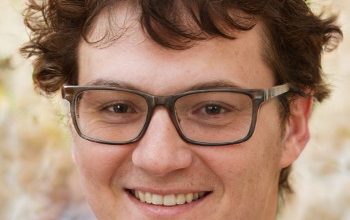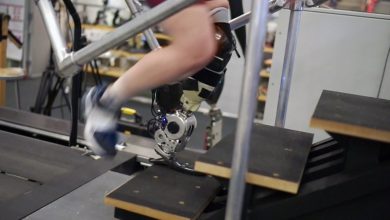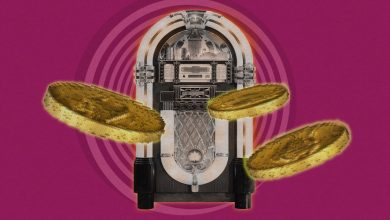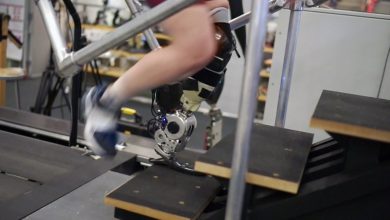
Being one of those few women was not easy. In the 1960s and ’70s, when she continued at MIT for graduate school, the field of biology had a culture of what she calls “unchecked harassment.” There was no way to complain without retribution. “That kind of culture created intimidation,” she says. “If you go through incidents of harassment, you become more vigilant.” Male colleagues had to be treated as male colleagues, not as colleagues. Still, she says, there were “a lot of helpful people.”
Many of those helpful people were those she encountered in the Margaret Cheney Room, a Building 3 sanctuary for female students complete with a bedroom, shower, and telephone booths. “That was a haven,” she says—a place where she made lifelong friends. It was also there that she wrote her doctoral thesis—longhand, with her husky, Amis, at her side, over the course of three months. She would write for three hours, sleep for 20 minutes, and repeat.
Sajdel-Sulkowska earned an SM in nutrition and food science (or, as she calls it, “eukaryotic biology in disguise”) and an ScD in the same subject with a minor in neuroendocrinology. Her graduate work would be her first foray into the study of stress as she examined DNA-dependent RNA polymerase II, an enzyme that copies DNA into RNA, and its regulation by cortisol, the stress hormone. Through studies in rat liver cells and then, after a nudge from her committee, in live rats, she found that there is a physiological response to stress through regulation of RNA transcription. Her research showed that artificial cortisol injected into rats altered the RNA polymerase enzymes that synthesize the RNA component of ribosomes. Those ribosomes in turn synthesize the proteins that carry out functions in the cell.
Her first paper on this work was published in 1969, 16 years after the doublehelix structure of DNA was discovered; a second paper followed in 1971. At the time, the finding that stress could alter the body at a cellular level was a revelation.
It was an exhilarating time to be studying biology, says Sajdel-Sulkowska; while she was working on her doctorate, researchers at MIT, Caltech, and the University of Wisconsin, Madison, discovered reverse transcriptase, the enzyme that copies RNA into DNA (the counterpart to the RNA polymerases she studied), for which they would later earn a Nobel Prize. “I was working in the laboratory, I was in a great group, things were happening—it was exciting!” she says.
Reflecting on her time at MIT, Sajdel-Sulkowska says she loved the atmosphere (“I liked the fact that you could work late in the evening”) and the energy. The challenges she had to overcome to succeed at the Institute were worth it, she says: “I wanted to do it, and I did it.”
After earning her ScD in 1972, she interviewed for a faculty position at Northwestern University and was offered the job. But she had recently met Adam Sulkowski, a psychiatrist and postdoctoral fellow, who had just arrived from Poland via France on a visa sponsored by Boston University and could not relocate. She returned to Boston, they married that October, and she became a postdoctoral fellow at Brandeis, where she continued to study RNA polymerase in yeast. Two years later, the first of their four sons was born.
Sajdel-Sulkowska carved out a career that was both broad and deep at a time when combining scientific work and motherhood was extremely rare and accommodations for US working mothers practically nonexistent. When her oldest son was born, in 1974, her three-month maternity leave was unpaid. After her second son arrived while she was completing another postdoc, at Shriners Burn Institute at Harvard Medical School (HMS), the cost of day care for two children exceeded her salary. So with no day care, her husband watched the two boys in the morning, and she found herself under a “tremendous amount of stress.”






